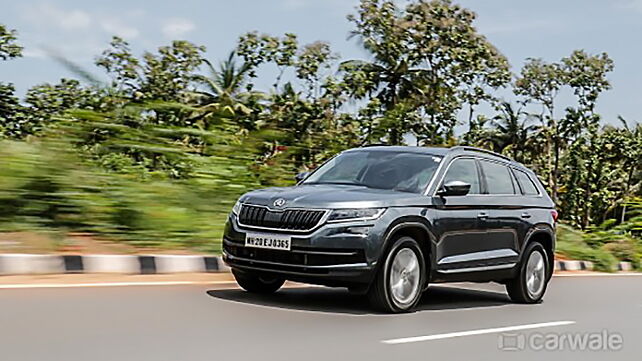
Skoda is entering the big league of SUVs in India with the Kodiaq. It’s a new segment for the Czech automaker and in all probability be the new flagship for the automaker when it is launched on 4 October. The Kodiaq has a big task in front of it in terms of treading on the path ahead as it has to take on the mighty Toyota Fortuner, which is a leader in the segment in terms of volumes. To see how the Kodiaq stands up to the Fortuner, here is a spec comparison.
We have recently driven the India spec Kodiaq and you can read about it here. Earlier this year, we also drove the Toyota Fortuner and you can read about that here.
Exterior
There has been a growing trend among manufacturers to pick one of the two paths with regard to vehicle design when it comes to the high riding cars. The approach taken by Toyota is the traditional path of boxy lines, high ground clearance and as much chrome as is possible to up the premium ante of the vehicle. The significant elements in the design include the massive grille, high backed roof and massive tail lamps.
The Kodiaq, on the other hand, and in that typical Skoda fashion has softer lines and an understated presence thanks to the way the Skoda design language exists. It’s not a small car and is as big as the Fortuner, but in appearance, it is much softer. The stand out element of the Kodiaq is that signature moustache grille and those wedge like C-patterned tail lamps.
Where the Fortuner scores high on presence, the Kodiaq is a much nicer looking car and one can clearly spot the higher level of detailing that has gone into the exterior design.
Interior
Given the segment into which these cars have been launched, it’s safe to assume that they get climate control, touchscreen infotainment with navigation, leather upholstery, electrically adjustable driver’s seat and of course, three rows of seats for seven people. Both have similar layouts in terms of where the items are placed and offer similar levels of practicality in terms of useable spaces across all three rows.
This is then, down to the design where the Kodiaq wins again thanks to a simpler yet comprehensive layout. It also scores much higher with regard to the infotainment system as the screen is of a higher quality, with smoother graphics all around.
Engine
The Kodiaq may have been a step ahead in the last two rounds but it is the Fortuner which clearly stands out here. Where the Kodiaq is offered with one 2.0-litre diesel engine, seven-speed DSG and AWD, the Fortuner can be had in petrol MT, petrol AT, diesel MT, Diesel MT 4x4, diesel AT and diesel AT 4X4.
The Kodiaq’s diesel mill produces a 150bhp/340Nm while the Fortuner’s 2.8-litre unit produces 174bhp/420Nm and can be had with a six-speed manual/automatic. The 4X4 is only available with the diesel.
The extra boost for the Fortuner comes in the form of a 2.7-litre petrol engine which produces 164bhp/245Nm and is available with a six-speed AT/MT. Currently, there is a niche appeal for this engine option but it is expected to become quite significant in the future.
Conclusion
The Skoda Kodiaq has all the right tools but has a large mountain to climb to reach where the Fortuner is currently in terms of market presence and volumes. The Toyota Fortuner is priced in the range of Rs 26 lakhs to Rs 31 lakhs. We believe that the Kodiaq will be priced in the range of Rs 24 lakhs to Rs 30 lakhs.

![Skoda Kodiaq [2017-2020] Image Skoda Kodiaq [2017-2020] Image](https://imgd.aeplcdn.com/272x153/cw/ec/24294/Skoda-Kodiaq-Right-Front-Three-Quarter-108846.jpg?wm=0&q=80)
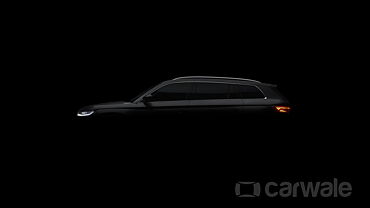
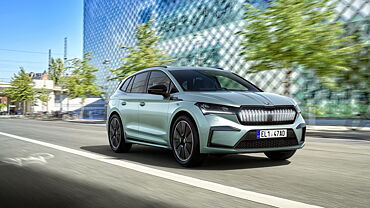


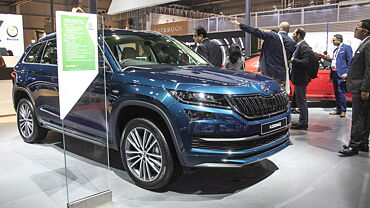


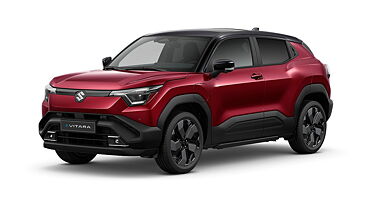


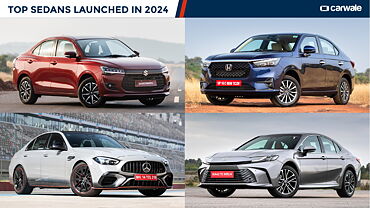
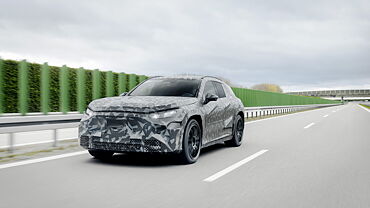

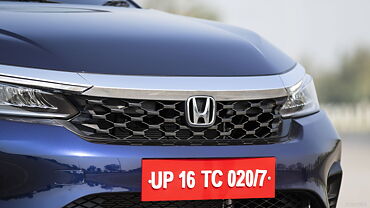

![Skoda Kodiaq [2017-2020] Right Front Three Quarter Skoda Kodiaq [2017-2020] Right Front Three Quarter](https://imgd.aeplcdn.com/199x112/cw/ec/24294/Skoda-Kodiaq-Right-Front-Three-Quarter-108846.jpg?v=201711021421&q=80)
![Skoda Kodiaq [2017-2020] Right Rear Three Quarter Skoda Kodiaq [2017-2020] Right Rear Three Quarter](https://imgd.aeplcdn.com/199x112/cw/ec/24294/Skoda-Kodiaq-Right-Rear-Three-Quarter-140395.jpg?wm=0&q=80)
![Skoda Kodiaq [2017-2020] Exterior Skoda Kodiaq [2017-2020] Exterior](https://imgd.aeplcdn.com/199x112/cw/ec/24294/Skoda-Kodiaq-Exterior-108698.jpg?v=201711021421&q=80)
![Skoda Kodiaq [2017-2020] Dashboard Skoda Kodiaq [2017-2020] Dashboard](https://imgd.aeplcdn.com/199x112/cw/ec/24294/Skoda-Kodiaq-Dashboard-140396.jpg?wm=0&q=80)
![Skoda Kodiaq [2017-2020] Interior Skoda Kodiaq [2017-2020] Interior](https://imgd.aeplcdn.com/468x263/n/cw/ec/24294/skoda-kodiaq-interior7.jpg?q=80)



























